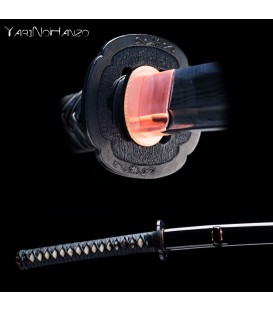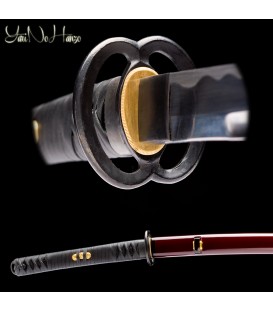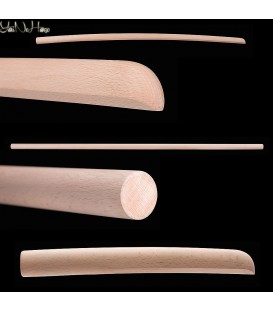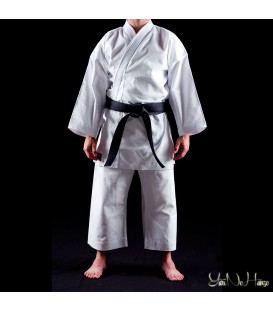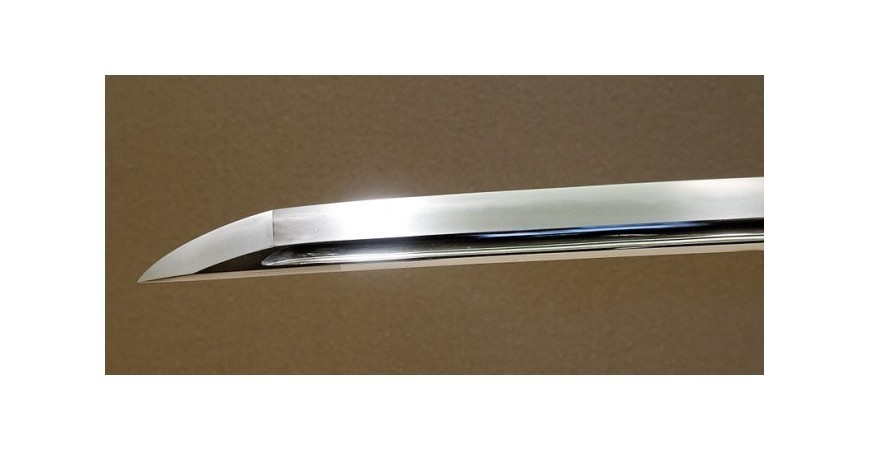
Types of Steel for Samurai and Katana Swords
To obtain an excellent sabre, the materials are essential. In the case that concerns us here, we will see the types of steel for samurai and Katanas swords, since they are not always the same nor do they have exactly the same characteristics.
The steel
Before continuing, it is necessary to remember what steel is. Actually, we are talking about an alloy of iron and carbon, where the amount of the latter varies from 0.05% to 2%.
Types of steel for samurai swords
We are now fully entering the world of steel types for Katana. Traditionally, the classic Japanese sword was made in Tamahagane. In this process carbon and iron filings were combined, which was done to provide hardness.
Although in the past the steel of the swords did not drop below a content of 0.6% in carbon, today it is more variable.
That said, now we can talk about several variable types of steel. For example, when referring to the alloy obtained and the amount of non-ferrous materials they contain, we must know what AISI or SAE is.
AISI: is the acronym for American Iron and Steel Institute.
SAE: Society of Automotive Engineers.
With this in mind, we must know that steel can contain various amounts of non-ferrous materials, for which these acronyms are used. Thus, we find figures such as SAE 1045, AISI 1070 or AISI 1095.
We can notice that the first number or digit refers to the main alloy, the second is its modification, and the last two explain the amount of carbon expressed in hundredths. In other words, a Katana with AISI 1095 steel has 0.95% carbon.
Alloy steels for Katanas
Others that are also used are alloy steels. In this case, they include other elements, such as molybdenum, nickel or chromium, for example. In this way, they improve the characteristics of the samurai sabre. For this reason we can find materials such as AISI 5160 or SAE 9260.
Stainless steels
We also discovered stainless steels, which have no less than 11% chromium, which offers sword stability. In addition, there are 400 series of martensitic stainless steels , with high carbon and chromium content, or ferritic, where these figures are even higher. However, in a Katana they are not very useful, since it makes the blade too rigid.
If you are going to buy a Katana or samurai sword, take advantage of this information to acquire the one you really want.
Image courtesy of Marie-Lan Nguyen
Leave a CommentLeave a Reply
You must be logged in to post a comment.


